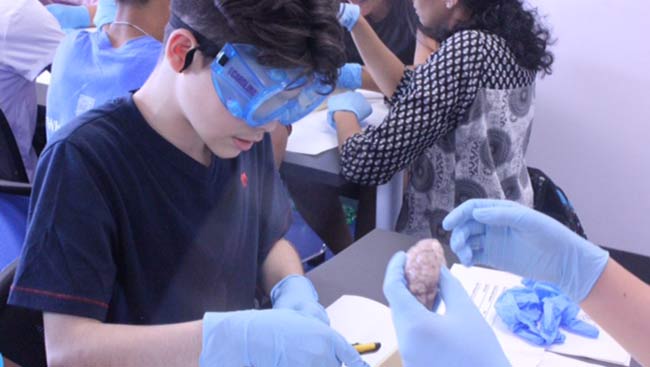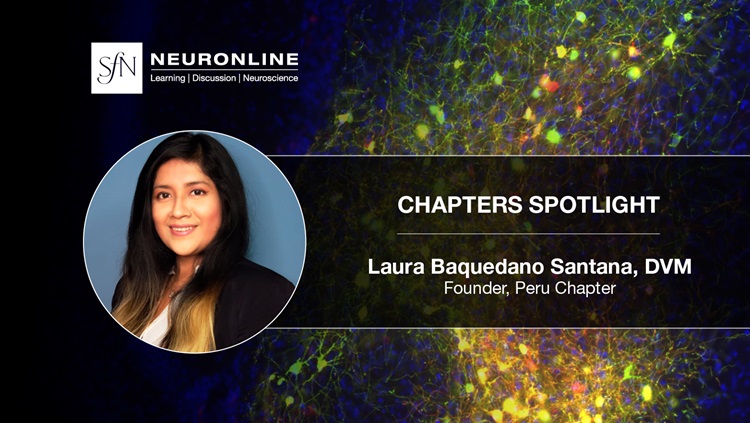
Recently I had the opportunity to teach neuroscience to a ninth grade summer school class at Harlem Educational Activities Fund (HEAF). Over the years, I’ve participated in and organized Brain Awareness Week (BAW) events in New York, but this type of outreach was new to me. In contrast to the day-long BAW events, summer school entailed teaching twenty rising ninth graders for many hours a day over one month, and also included developing a curriculum and mentoring two teaching assistants (TAs).
Overall, the experience was extremely gratifying. Here are a few takeaways you may find helpful if you are thinking about doing the same.
Curriculum and Content
- Make sure that each class is no more than 45 minutes long since it’s hard to sustain attention for longer than that.
- Always prepare more than you need so you have something to fall back on if activities don’t work.
- Be flexible. If you have the chance to change part of the lesson plan, incorporate feedback from students. For example, since I was teaching summer school, the students really wanted to be outdoors. I changed my plan and had them walk down a busy street and note all the smells. Then, we went to a park nearby and talked about olfaction.
- Hands-on experiments and videos are great. I used a lot of animal videos to teach the somatosensory system.
- Tap into what social media the students are into and incorporate that in class.
- Introduce them to real scientists. Teenagers want to know that they can actually do this career. I invited a scientist to demo an open-source EEG helmet.
- Make the lesson relatable. Perhaps have them interview someone with a neurological disorder.
Classroom Management
Coming straight from the lab and a clinic, I was not formally trained to teach, but I learned these tips along the way.
- Make a personal connection with the students by exchanging stories. Share what piqued your interest in science, where you grew up, who supported your love of science, and other related stories that may be helpful. Have them share their experiences, too.
- Identify students’ characteristics as soon as you can. Find out which students get distracted easily, which ones need to be challenged, and which ones love to lead and organize. Use this information to your advantage. For example, assign a topic to students who love to lead and ask them to teach the rest of the class.
- Be resourceful. Ask your outreach office or the local SfN chapter for supplies and ideas.
- Ask for help. Teachers and teaching assistants know the students well and can tell you beforehand what works and what doesn’t.
- Come up with creative icebreakers such as what they’re looking for in a mentor or a teacher. A few qualities my students listed were: patience, ability to help, easy to talk to, a role model, supportive, and won’t give up on them.
- Talk to the students in small groups before or after class to see if the lesson plan is working for them and be prepared to adjust within reason if it’s not.
- Observe a class or two beforehand. Tutoring and getting experience as a TA are great practice.
Overall, teaching high school students was an excellent experience for me. I’ve decided to continue teaching neuroscience as an after-school elective course, and am also co-developing a neuroscience curriculum for the New York Academy of Sciences.
What are your teaching tips? Let’s exchange ideas over email.
*Photo provided by author.








